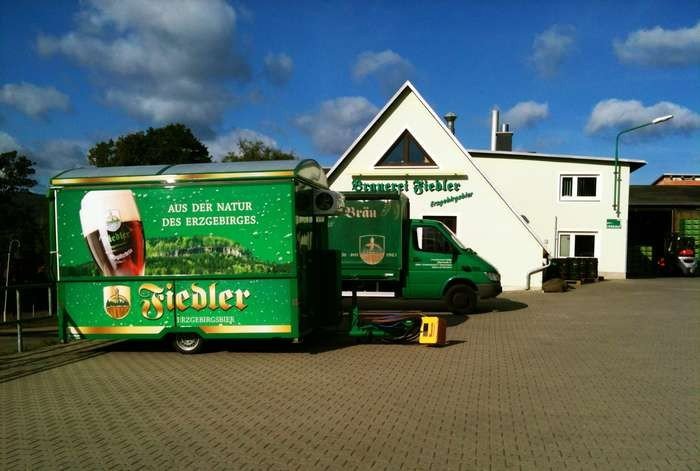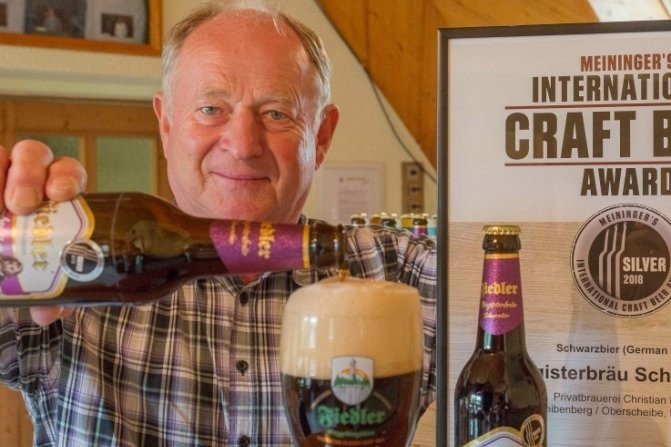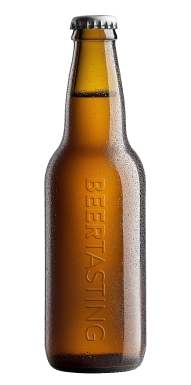Description
As early as 1817 a house brewery was set up in the Oberscheibe Hereditary Court, which was built in 1813. Carl Gottlob Drechsler from Scheibenberg was the brewery's first master brewer. Carl Heinrich Fiedler from Oberwiesenthal took over the hereditary court and the brewery in 1855. At the end of the 19th century Emil Richard Fiedler took over the brewery, introduced bottled beer production and renamed it the Emil Fiedler Brewery. In 1920 Louis Emil Fiedler took over the brewery and continued it as the Fiedler Brewery. In 1954, after numerous modernization measures, the brewery, which was shut down during the Second World War, was reopened by the son of Emil Louis Fiedler, Karl Fiedler. In 1966 the annual beer output reached 2781 hectoliters. With the construction of the pumped storage power plant in Markersbach, production was increased to 7000 hectoliters. Up until 1985, in addition to beer, non-alcoholic beverages were also produced (around 1200 hectoliters in 1977 for example). Annual production rose to 9500 hectoliters by 1989. At the time of political change in 1989/90, production fell to 2500 hectoliters due to competitive pressure. After the political changes in 1989/90, Karl Fiedler sold the brewery to his nephew Christian Fiedler, who modernized it extensively in 1990 and 1991 and put it back into operation in 1991. In 1999, his son Thomas became the brewery's master brewer. From 2003 to 2005, around one million euros were invested in a new bottling plant. The new 0.5 liter long-neck bottle has been bottled since June 2010. In 2011, around 400,000 euros were invested in new malt silos and two new cylindro-conical tanks, each with a capacity of 190 hectoliters. In 2011 the brewery with 17 employees produced and sold around 15,500 hectoliters of beer. In 2015, 2 more cylindro-conical tanks with a capacity of 190 hectoliters each were built and in 2017, 2 with a capacity of 255 hl each. The old lauter tun was also replaced and automated in 2017, and a robot palletizing system was installed. Sales rose to 18,000 hectoliters and the number of employees to 20.

















